Sony San Diego Studio’s yearly release of their award-winning baseball franchise is here. For me, there is normally no better time of year on a personal level with spring training games being played, positional battles underway across the MLB landscape, and pitchers fighting for that fifth spot in the rotation. I live for baseball, and The Show has become every bit as relevant to the yearly process of rejuvenation as baseball itself.
Of course, this year is a little different as we all deal with sports and life being on hold for at least the next month or two, but that’s why The Show resonates even more with me right now.
What I Like – MLB The Show 20 Review
Gameplay
If you have played the MLB franchise from Sony over the last 15 years-plus as I have, then it is very easy to become complacent about yearly tweaks and upgrades. In that same vein though, it is also much easier to spot the little differences and changes, whether on the surface or under the proverbial hood.
For me, that’s where the magic lies in this year’s edition — under the hood. From the new throwing meter to the new the fielding mechanics, to the overall player movement, it just plays better as a whole. Is there one thing I can point out that makes this year’s on-field action drastically different than 2019? That answer is, honestly, no. It is the culmination or aggregate of all the sums that creates a much different and authentic feel to the overall way the game plays out when on defense. I found this to be true not only to me visually, but also in the way it handled for me via the controller.
Of these changes, the two biggest would have to be the throwing meter and fielding movement. In past years, I would go as far as turning the meter off because even the hardest throws just became commonplace and maybe even mundane. Enter 2020 and the revamped meter, and that change has forced me to multi-task.
First, I must make the play and understand who is running down the line, and adjust accordingly to what type of throw is required. If you hit the throw meter just right, it feels wonderful and accurate. Press it too long or not enough, and the results will have you cringing in anticipation of where the ball is headed.
While the fielding physics and movement have not changed drastically from last year, they have been refined and tweaked in a way that gives me more control than I have ever had before with this series. The combination of me taking correct routes with proper speed and approaches had me falling in love with playing defense. This is such a hard concept for most sports game developers to grasp, but playing defense in any form can be amazing and authentic if the controls are handled properly and realistically, which they are in MLB The Show 20.
I also do want to just briefly touch on perfect-perfect hitting. This is a good addition, but I do feel hitting may continue to be a little too easy for some people. The issue last year was people felt it was too often unfair when you made good contact but made outs. It was a fair criticism. With perfect-perfect leading to hits most of the time (and homers a healthy amount as well), this should no longer be a problem in the same sense. However, the extremes going the other way should have increased a little more as well. What that means is that bad contact and swinging at balls still does not lead to enough swings and misses or outs. Pitch speeds have also been slowed down, which I understand but feel would work better with the change I just mentioned. Regardless, this stuff can be altered with sliders, so it’s more a concern for online play.
Presentation
You will notice a reoccurring theme in this review as a lot of what I speak about and breakdown is in terms of tweaks and adjustments, not in terms of new additions. This is the case again when it comes to the presentation of MLBTS 20. If you have played any of the previous versions for the past few years, then what is done in The Show is nothing groundbreaking. All that was added to the main game were some extra dynamic splash screens, a few new cutscenes and different fielding angles for the ball coming off the bat. No big deal, right? Ah, but it is a big deal, as it brings you closer to feeling like you are sitting in the ballpark or watching on TV.
It is also worth noting that in many ballparks the surrounding cityscapes have been fleshed out and built up with much more detail than what we saw in last year’s version. Add in a retooling of the density of the crowd within the stadium, and it adds to the overall presentation and realism in a way I didn’t think was possible at this stage on the PS4 hardware.
The presentation package is done very well and drips with authenticity. It may be my love for baseball or this game, or maybe the loss of baseball in real life for the foreseeable future, but typically I just cut through all the cutscenes and lose interest in the rest of the presentation pretty quickly, yet with ’20, I have found myself absorbing it all over and over again.
Beyond that, I like the concept of buying into presentation when you want it. It’s the opposite of what every sports game has really ever done, and it highlights why sometimes going back to the root of something and asking “why do we do it this way?” is worth it. Now if you want to see home run replays, just press a trigger. If you want to see intros and battling lineups, press a trigger. Otherwise, the game will continue on and you don’t need to click through any of it as it just won’t happen. A change like this will probably bother some people here and there, but it’s a smart decision because it allows Sony to craft things to happen when you decide they do, rather than being upended before they even have a chance to start. It will strengthen the presentation long term.
Lastly, we did go down to two presentation styles for the main modes (rather than three — MLB Network and The Show themes), but we have been given some “retro” presentation packages for things like Moments (a ’90s theme, black and white theme, ’70s theme), which I hope make it into other areas of the game and are more fully fleshed out in the years to come because they’re a great first step.
Custom Leagues
I obviously have not had the chance to participate in the “new” custom leagues in MLBTS ’20 (we’ll have more on leagues in future articles), but the mere fact that they are back in is enough to get me excited. The mode offers up two different types of leagues with either a competitive or relaxed atmosphere, and multiple seasons can now be played.
Custom leagues also give the GM a choice of either using the standard 40-man roster, or the inclusion of each player’s Diamond Dynasty roster. Flexible schedules are included, and most of the major commissioner tools are there to help push leagues along.
The downside is it’s not very clean to play with CPU teams in your league so it really is more for a competitive environment. But again, I think the guts of the mode should work well. Now, it will be about expanding on it in the years to come to give us even more customization and depth over multiple seasons. It’s not online franchise mode yet, but I don’t think I would want the version of offline franchise mode for online franchise mode as of now anyway. It’s better to start over and build up something new for the online base.
Diamond Dynasty
I am simply not a card mode or Diamond Dynasty player. I never have been and never will be. That doesn’t stop me though from being able to appreciate what Sony has provided to those who are fans of this type of mode.
To be honest, I am somewhat jealous of all the options, modes and choices that are available in DD. The approaches that MLBTS 20 gives to its players is nothing short of amazing, and the game does an excellent job of being accessible and inclusive of all the fans who have an interest in this type of mode. Offline players could use a couple more ways to allow you to use your DD players, but I understand that a large majority of people play DD more online than offline.
(For the review, I actually did spend quite a bit of time within Diamond Dynasty and had a blast creating my team, branding them and opening packs to stack the best possible lineup I could.)
Even if you are not the creative type, the game allows anyone to download logos and uniforms from the community vault and does a wonderful job of detailing each player’s strengths and weaknesses in helping you decide whether to start them, bench them or sell them.
Sony also included some new legends with the likes of Big Papi, John Franco, Gary Sheffield, Mariano Rivera, Mickey Mantle and more, and have even included a new game mode in Showdown. If all you play is Diamond Dynasty, the improvements, upgrades and new additions make the game worth picking up simply for this mode alone.
Even with all the improvements that I have mentioned, there are a bevy of new improvements that I didn’t touch upon. To mention a few, the new catching animations, how much better the frame rate is (finally), and the new sounds of the ball coming off the bat are amazing. Seriously, listening to that perfect-perfect bat crack while the frame rates now hold up so much better on HDR TVs are two massive improvements that need to be highlighted in some capacity.
The collection of all that I have mentioned has made MLBTS 20 the most polished and authentic title I have played from Sony up to this juncture, and it feels like this title will be my focus for the entirety of the next couple months.
What I Don’t Like – MLB The Show 20 Review
Franchise
We all knew the negatives would include franchise mode, so I don’t want to belabor it too much. It is oddly unsatisfying to place franchise mode on this list, at least for me, because I will spend a large majority of my time living in this world for the 2020 edition, but here we are. There is a lot to love with franchise mode, but if I am being completely transparent, a lot of it has grown stale. Minimum upgrades, minimum changes, and lack of attention have created a stare-down between the community of franchise players and the developers, and I am afraid that we have come out on the losing end.
At this point, I have seen the long list of upgrades that are wanted from the community, and so have the developers. The only hope is that with the new generation of more powerful hardware dropping later this year, that some of what is wanted can be implemented in the passing from the PS4 to the multi-platform coming soon.
I appreciate the two-way player addition and upgrades, and the team relocation and rebranding, but they feel more like an add-on at this point and less a truly fleshed out idea. Maybe this is simply the genesis of them and SDS will continue to build on both, but it can be hard to put a lot of stock in any talk of franchise improvements at this juncture.
I’ll also call out two relatively major issues right now, one of which I believe will be fixed by the folks at OS. There are a massive number of player trades that occur early on right now, and it seems to be because rosters are imbalanced. The trades mostly include prospects for this reason. OS folks will be better able to balance the rosters as they improve the minor league rosters overall, so this one should work itself out.
Another issue is the minor league player options are mostly all wrong. Most of the minor leaguers only have one player option, so if you’re not controlling all 30 teams and you send someone down after they get called up, you will have a top prospect hit the waiver wire and be claimed. A lot of these players should have multiple options, not one. The problem with this bug is it’s not possible for us to fix it on our end as that part of a player’s contract can’t be edited. It needs to be fixed by SDS directly.
Roster Omissions
Even after being patched, there are some glaring omissions within the current default roster, missing face scans, incorrect alternate uniforms, inaccurate player options and actual missing MLB managers. These things happen and I understand that, and hopefully, most of these issues can and will be rectified as new updates are released. I know some folks wanted to play franchise mode on day one since we do have “full minors” now, but it still seems like we’ll need to wait a bit.
If these omissions are rectified, and I assume they will be in time, then we’ll be in a better place for sure.
Intro Video
It may strike some as odd listing the intro video as a dislike, but for me it absolutely is. I am a staunch Cubs fan, and even with Javy as the focal point of the intro, it just felt average. The past few iterations of the intro video have conjured up feelings of yesteryear and brought out the romantic in all us in terms of baseball, but the streak has ended for me with the 2020 version.
I hope Sony recognizes how important the intro video really is to a large segment of the MLBTS community and delivers an intro in 2021 that re-creates our childhood and brings feelings and memories bubbling back up to the top.
Bottom Line
San Diego Studio could have easily mailed it in as the last title to drop before the new generation of hardware hits later this year. The fact is the developers did not, and I have found myself in love with their baseball franchise as much as I was over a decade ago. Whether you are into Diamond Dynasty, March to October, franchise mode, Retro mode, or simply “Play Now” games, MLB The Show 20 offers something excellent for almost every interest. This title is absolutely worthy of being in your rotation, and if you are anything like me, the struggle will be trying to play anything else.


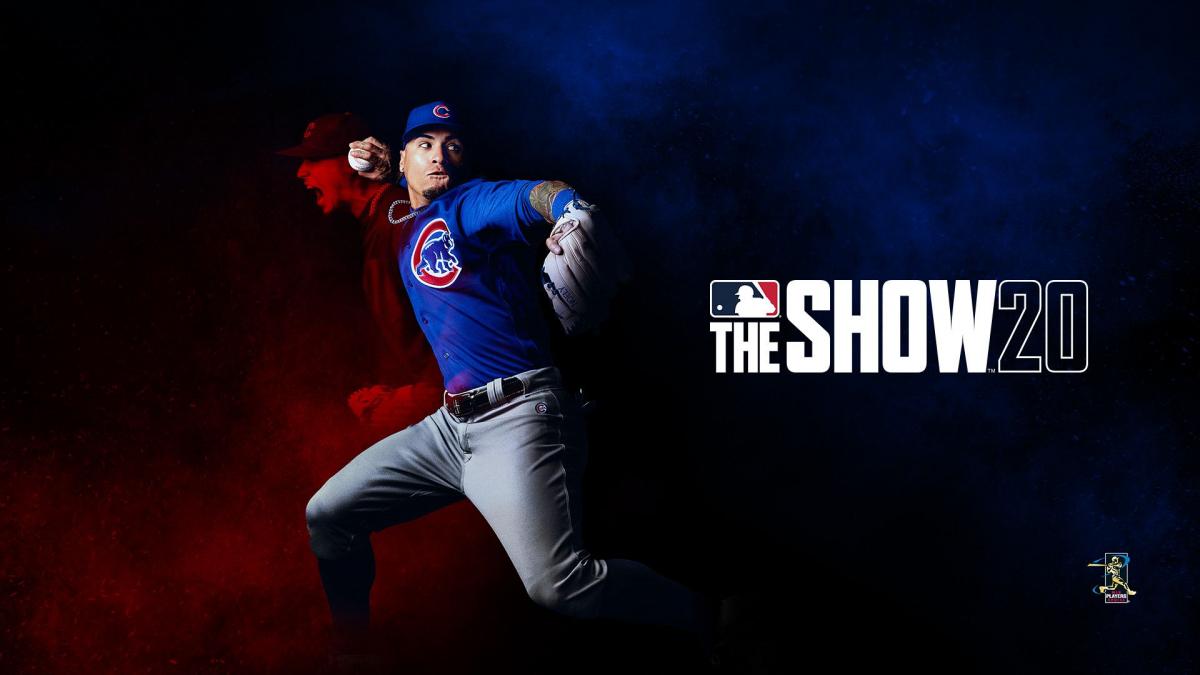
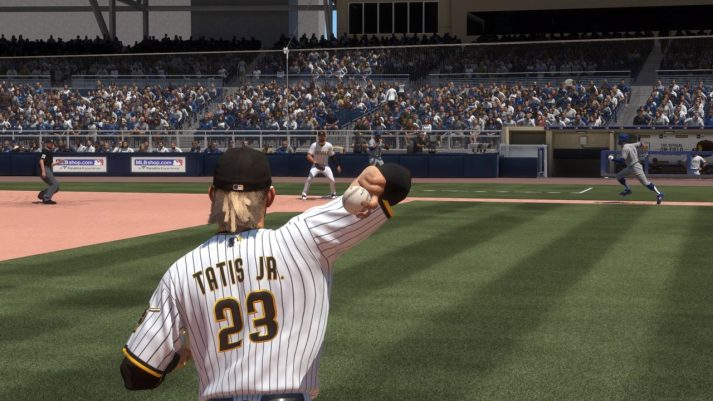
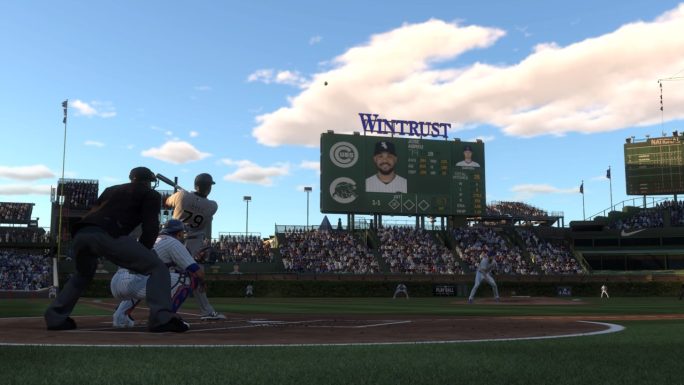
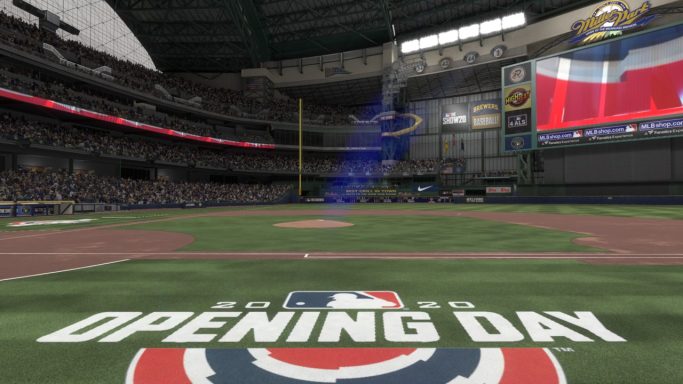
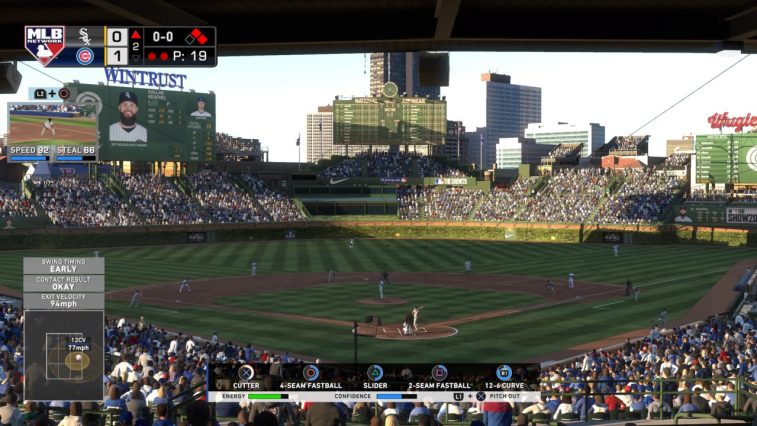
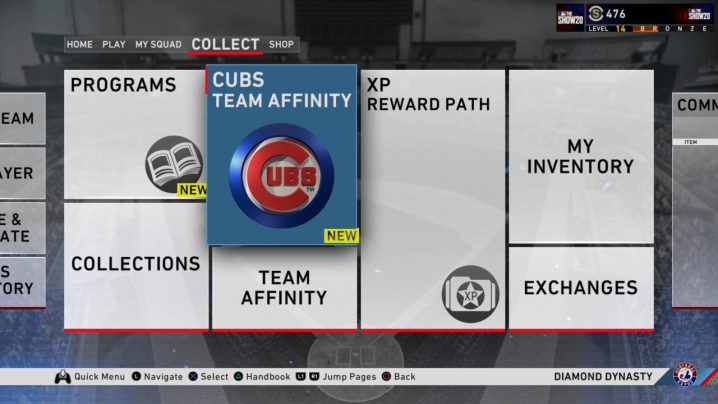
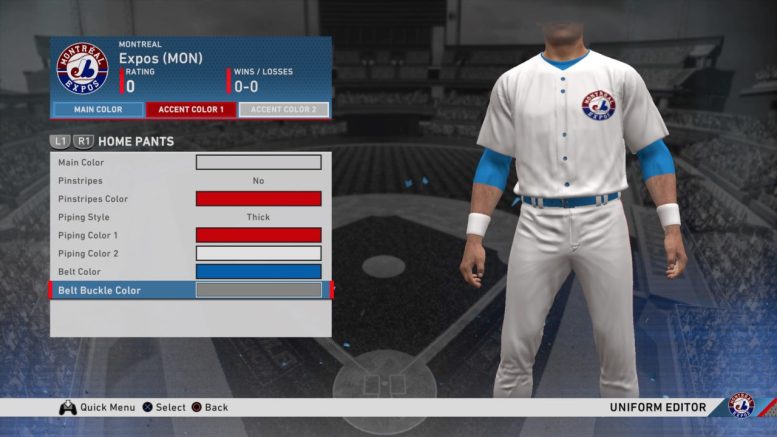
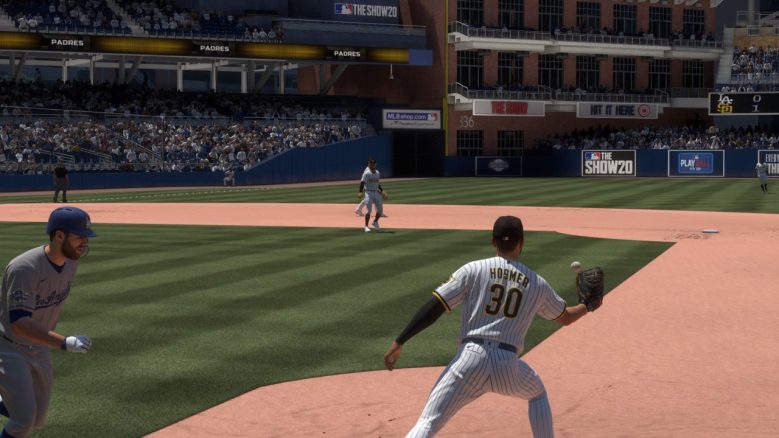
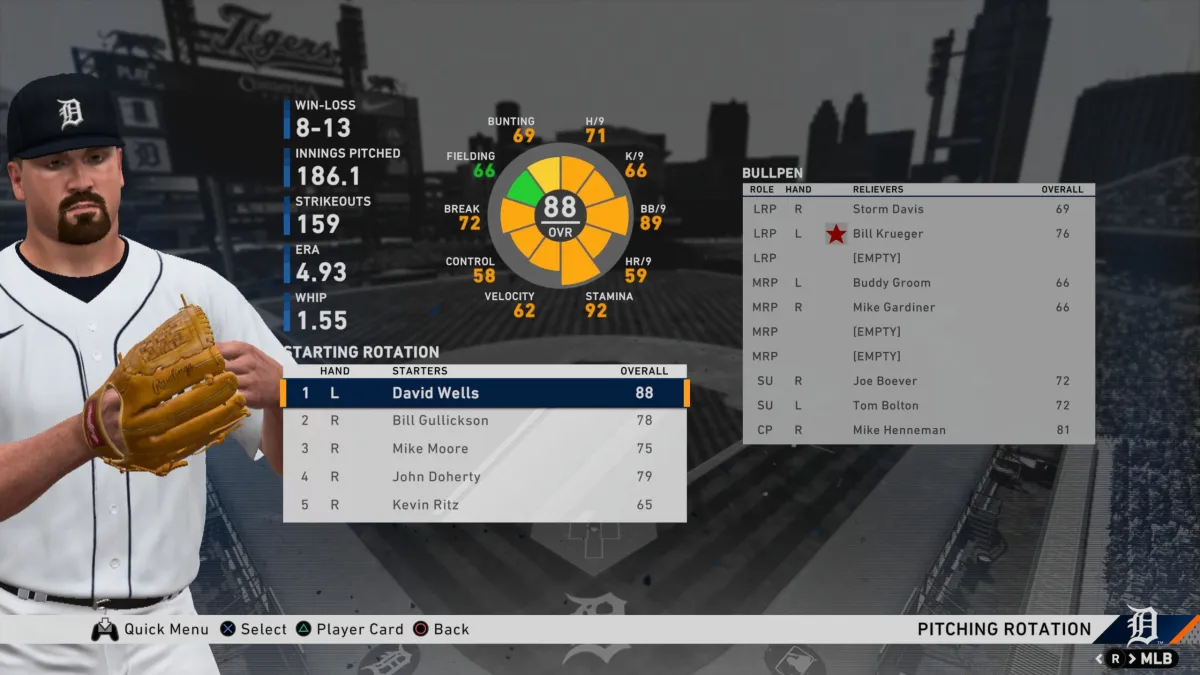
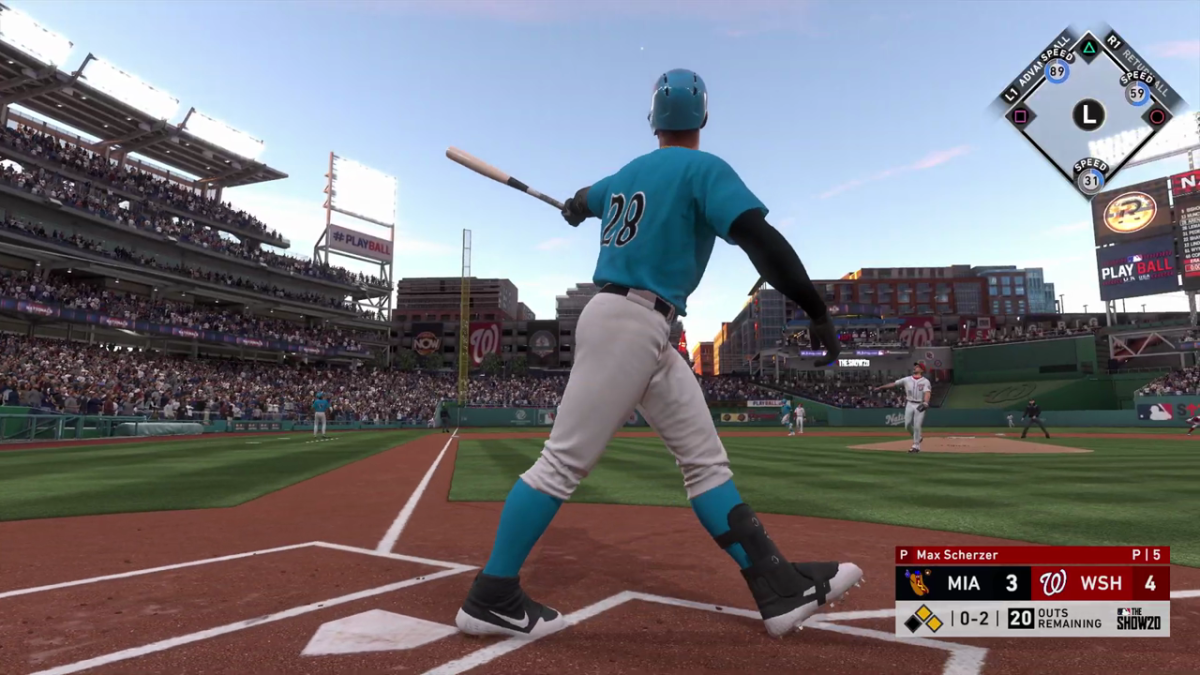
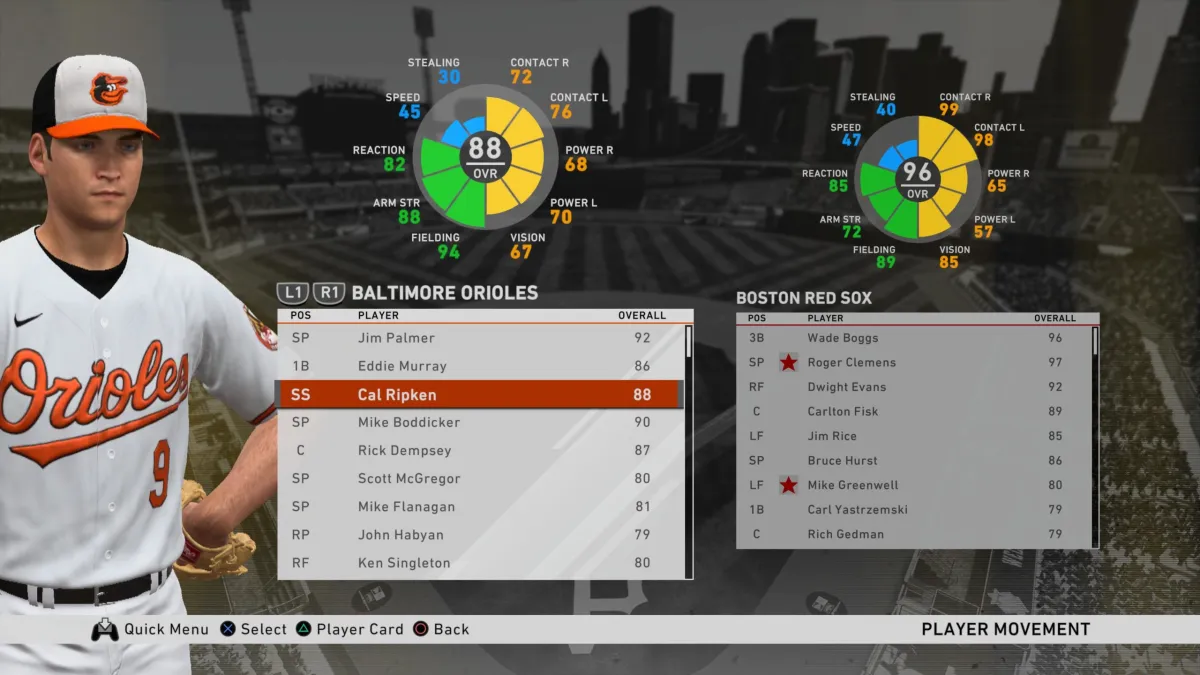
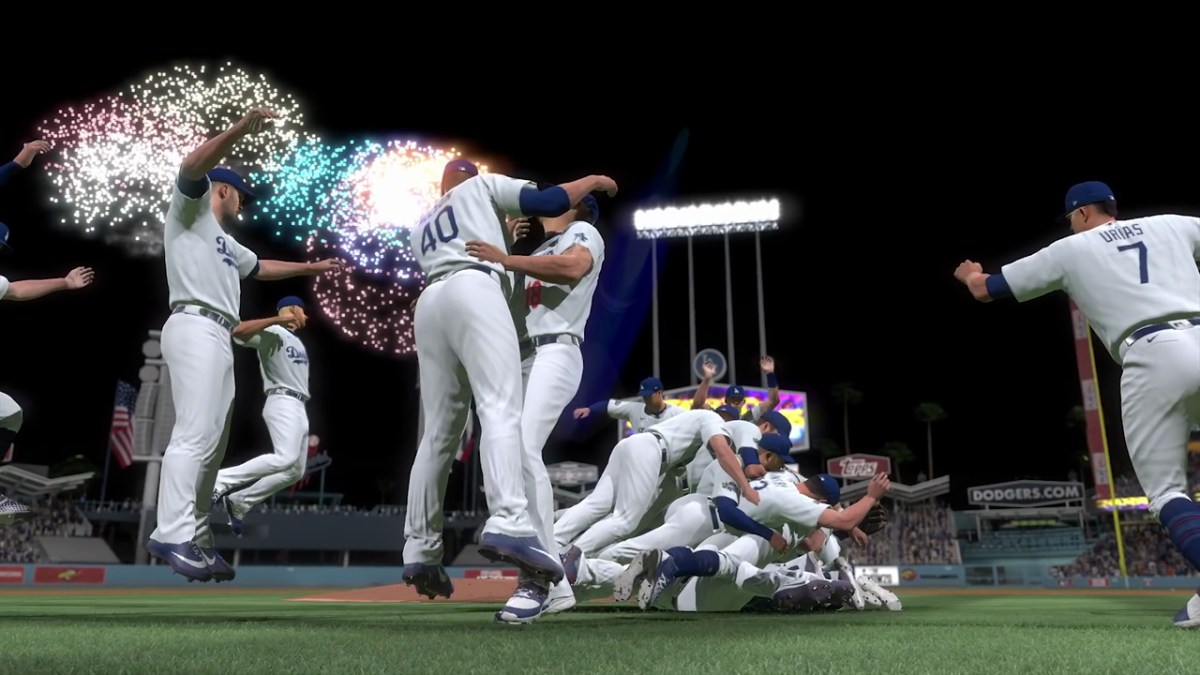
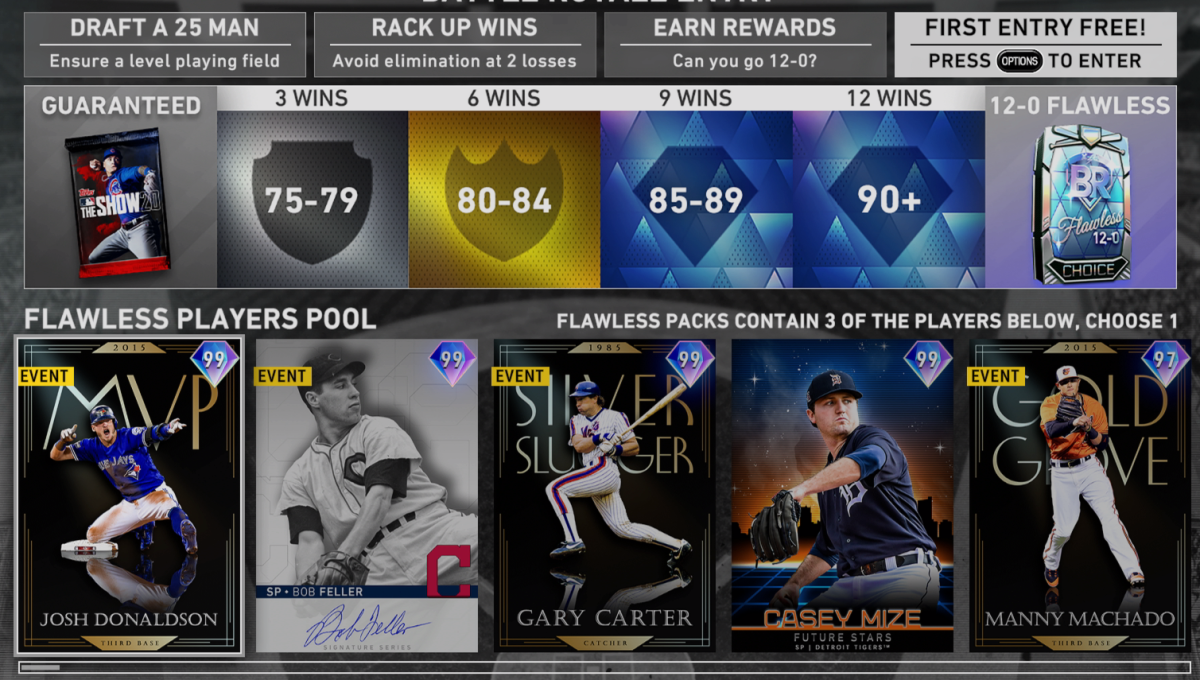
Published: Mar 14, 2020 04:05 pm